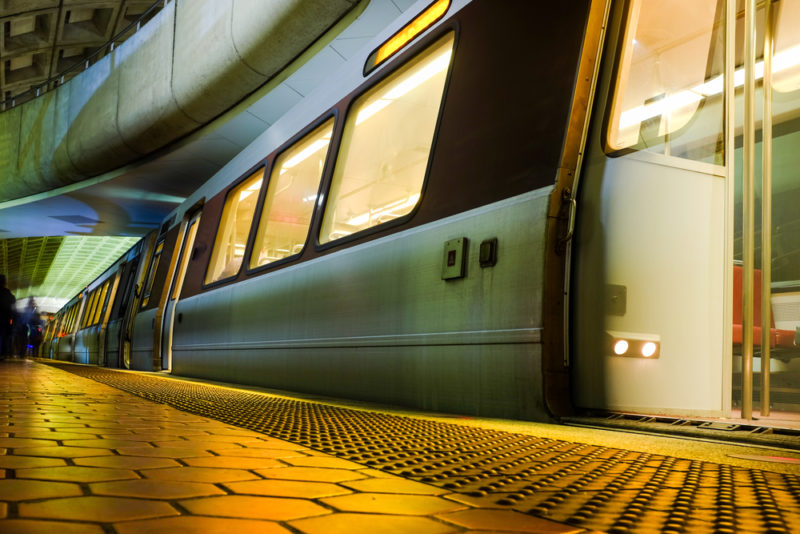‘Understanding How Women Travel’ Can Impact Transit
As more women are building careers in construction, including working on major infrastructure projects like the people mover at Los Angeles International Airport, the Los Angeles County Metropolitan Transportation Authority (Metro) has taken important first steps for “Understanding How Women Travel.” Such a study is the first of its kind by a United States transit agency and what it reveals could impact transit moving forward and possibly spark a transportation revolution.
Why study women’s travel?
First explored by author Caroline Criado Perez in her book, “Invisible Women,” data reveals that women travel much more differently than men do. The extensive 169-page Metro report underlines the challenges faced by women when using Los Angeles public transit, including issues of safety, fare prices, multiple trips and even traveling with kids and strollers.
Metro has about 1.15 million boardings on average per weekday and more than half of the riders are women. Over a number of months, the agency was able to gather detailed information from several sources such as focus groups, customer surveys and workshops.
Among the findings:
- Women ride more public transit than men and over the years ridership among women has continued to grow, while male ridership continues to decrease. Almost 90% of female riders use the system more than three days per week.
- Across all modes of transportation, women typically take more trips per day than men.
- Women in Los Angeles make shorter trips than men and women’s trips are more varied to more destinations and are more likely to primarily serve the needs of someone else (i.e. family members, etc.).
- 57% of women bring their children on transit.
- Women are more likely than men to use elevators and escalators, as well as benches and other seating, and were observed to be traveling more frequently than men with bags, carts, strollers, and other items and people in their care.
Additionally, while 60% of female riders who participated in the survey said they felt safe riding Metro during the day, that number falls to only 20% feeling safe at night. Concerns about safety cause riders to alter their behavior. For example, some women reported wearing sneakers on the bus or train in case they unexpectedly need to run from an assailant. Other women said they simply would not ride transit.
The many findings now help Metro create a Gender Action Plan that will recommend specific actions for better, more effective and more integrated solutions to improve women’s travel experiences with public transit in Los Angeles.
Constructing change
Moving forward, the report states Metro is equipped to begin considering policy, design, and service changes that can improve the travel experience for women.
Ways to address transportation challenges include improvements to service and safety because, as the report finds, “for women on transit, issues of convenience and comfort are inextricably linked to issues of access, safety, and reliability.”
Other upgrades may come to the design of train stations, bus stops and even vehicles. This includes addressing elements like shaded stops, elevator locations, and seating configurations. In vehicles, space considerations must be addressed for strollers, wheeled carts and bags. The report found the “lack of designated space for riders’ bags creates frustration for everyone involved.”
In addition to what has been learned locally, Metro may also apply what works well elsewhere – Toronto, Chicago, Paris, London, Portland, and Vienna, among them – and incorporate some best practices from other transit systems around the world.


